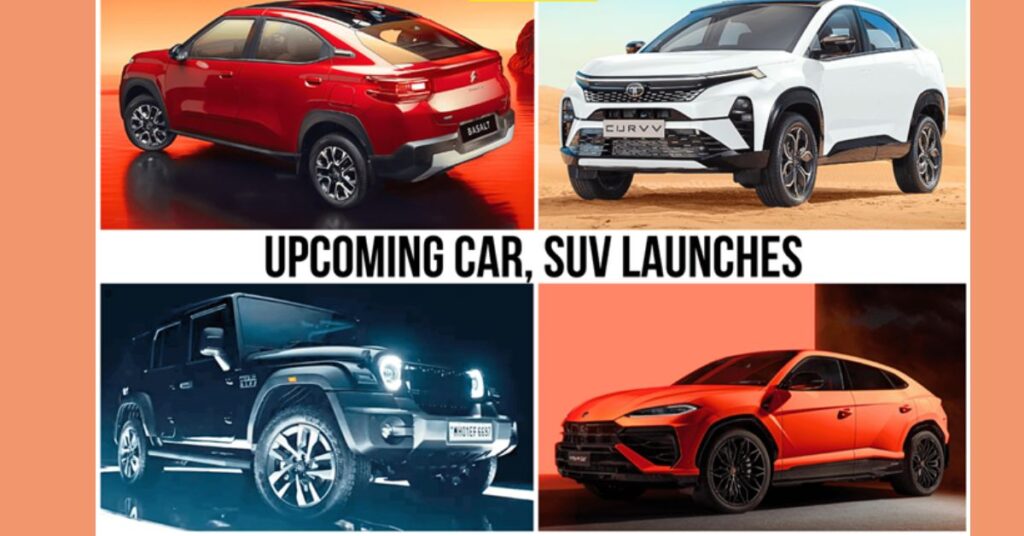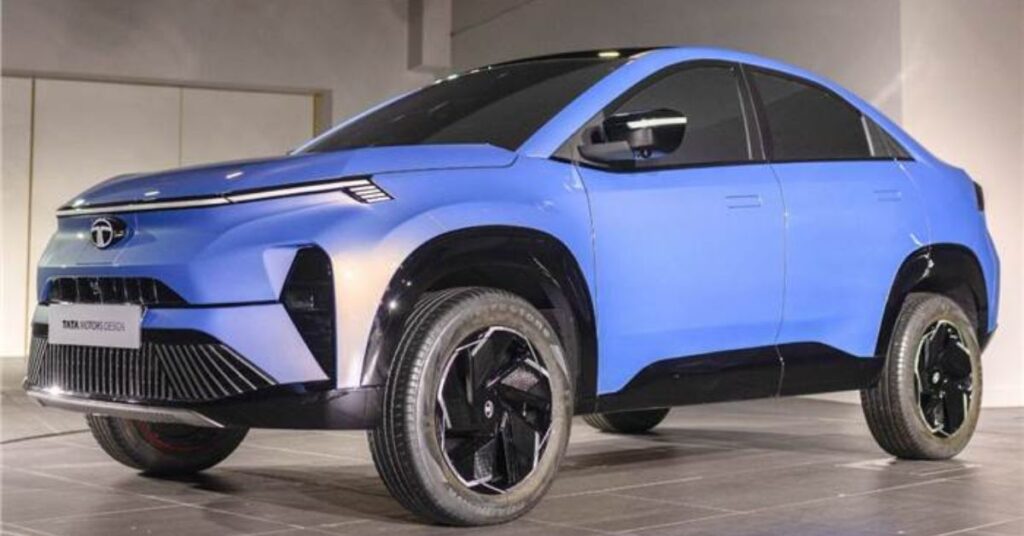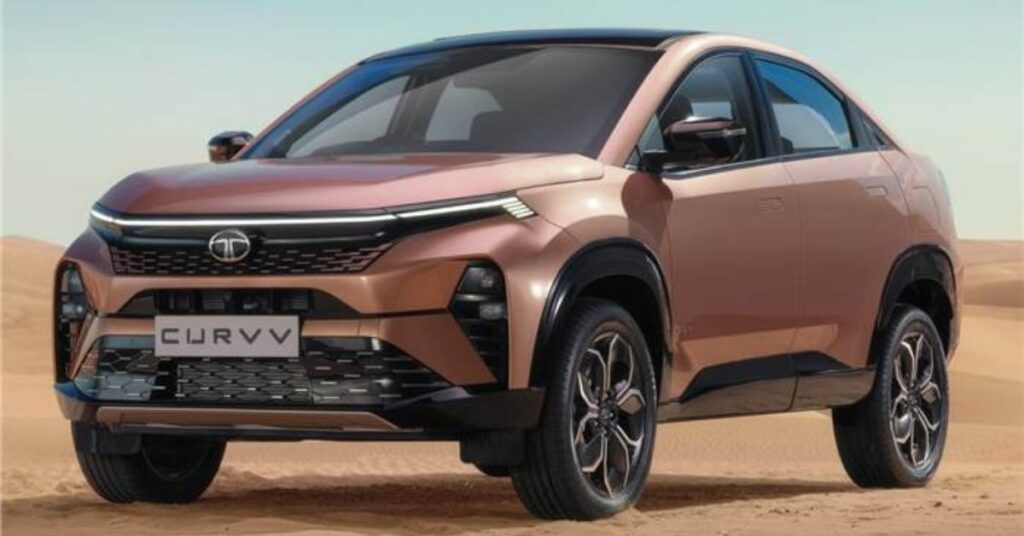As the automotive industry undergoes a significant shift towards electrification, Maruti Suzuki is taking a unique approach by embracing hybrid technology over fully electric vehicles (EVs). While many automakers are diving headfirst into EVs, Maruti Suzuki, in collaboration with Toyota, is leading the charge in the hybrid segment. The success of the Grand Vitara Hybrid has prompted Maruti Suzuki to expand its hybrid lineup, with a focus on affordability and efficiency.
Grand Vitara Hybrid’s Success Sparks Expansion
The Grand Vitara Hybrid, featuring Toyota’s renowned hybrid powertrain, has proven to be a success for Maruti Suzuki, accounting for 15 to 20 percent of total Grand Vitara sales in 2023. This positive response has encouraged Maruti Suzuki to broaden its hybrid offerings, with plans to introduce hybrid variants of popular models like the Fronx, Baleno, Swift, and a small MPV.
Series Hybrid Powertrain: A Cost-Effective Solution
In a strategic move, Maruti Suzuki has opted for a series hybrid powertrain (code: HEV) for its upcoming hybrid models. This decision is driven by the cost advantage of series hybrid systems over series-parallel and parallel-only hybrids. The series hybrid setup involves the petrol engine acting solely as a generator or range extender, producing electricity to power an electric motor that drives the wheels. This design simplifies the overall powertrain, making it more cost-effective, with potential benefits for maintenance costs and reliability.
Advantages of Series Hybrid Technology
The series hybrid system offers several advantages, particularly in urban driving scenarios. The absence of a direct mechanical link between the internal combustion engine (IC engine) and wheels enhances efficiency in stop-and-go traffic typical of city driving. However, it may be less efficient on highways compared to parallel hybrids.
Maruti Suzuki’s HEV System Details
The heart of Maruti Suzuki’s hybrid strategy is the new Z12E three-cylinder engine, designed to act as a generator or directly drive an electric motor. This engine will power a 1.5-2 kWh battery pack, ensuring optimal fuel efficiency. The upcoming facelifted Fronx (code: YTB) will debut with the HEV series hybrid powertrain, followed by the next-gen Baleno (code: YTA) in 2026, and the next-gen Swift (code: YEA) is expected to offer a hybrid option by 2027.
Future Outlook and Fuel Efficiency
Maruti Suzuki aims to have over half a dozen hybrid models by the end of the decade, potentially accounting for 25 percent of its total volumes. The HEV-powered cars are projected to achieve exceptional fuel economy, ranging from 35-40 kpl on the test cycle. This fuel efficiency aligns with Maruti Suzuki’s strategy to meet stringent Corporate Average Fuel Efficiency (CAFE) targets set to become stricter in 2027.
Conclusion
While Maruti Suzuki might have faced challenges in the diesel and EV markets, its focus on hybrids positions the company as a frontrunner in an increasingly important race. With the promise of cost-effective series hybrid technology and an expanding lineup, Maruti Suzuki aims to cater to the growing demand for hybrids and potentially reshape the future of automotive propulsion.
Read More:




